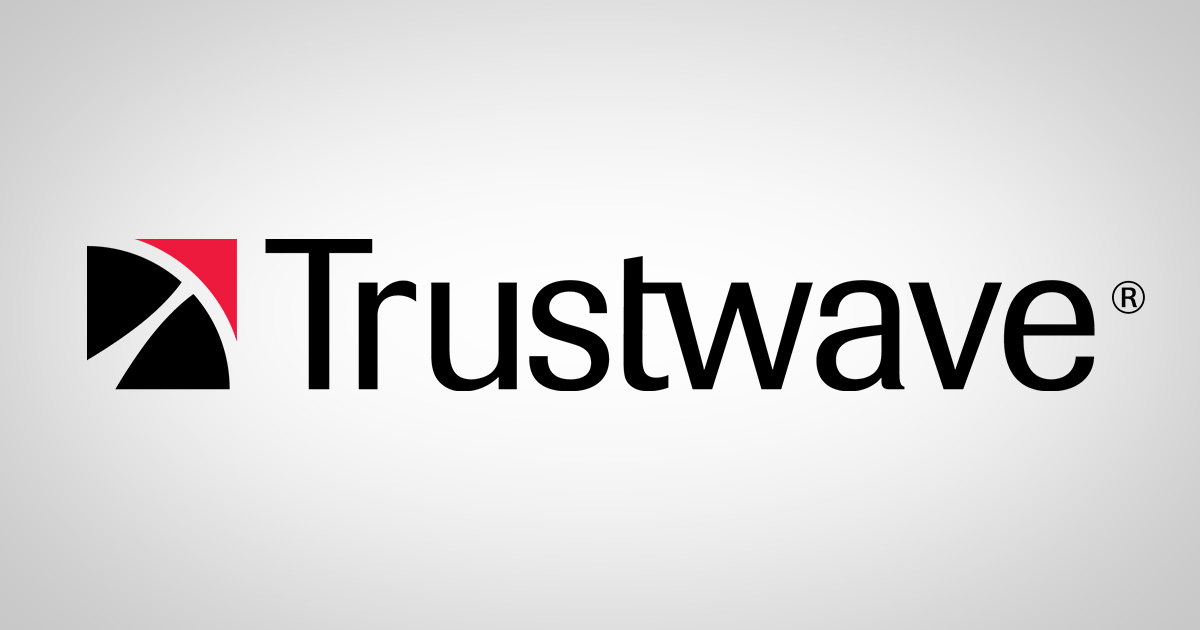How a Ransomware Incident Response Case Fascinated Our Investigators

Trustwave Research Reveals Cybersecurity Risks Threatening Patient Lives in Healthcare. Learn More
Get access to immediate incident response assistance.
Get access to immediate incident response assistance.
Trustwave Research Reveals Cybersecurity Risks Threatening Patient Lives in Healthcare. Learn More

Roughly one year removed from the prolific and potent WannaCry and NotPetya attacks, awareness to ransomware threats is naturally growing - but organizations appear to be struggling more than ever in curbing these damaging incidents.
Part of the reason is because attackers are so dedicated on performing these attacks that they would prefer to pass up on stealing sensitive information in favor of encrypting systems and data and then demanding payment from their victims.
Ransomware can be lower risk and easier to pull off than traditional data theft (not to mention exceedingly profitable). Unsurprisingly, Trustwave incident responders have seen a rise in ransomware attacks against businesses, with adversaries sometimes purposely passing over data that they would have previously targeted.
In fact, we investigated incidents in which attackers gained root- or administrative-level access to a company's network - the holy grail for data thieves - but only used the access to install ransomware, even though there were prized assets available for the taking.
Why go the vault when you can just rob the front counter and still make a nice score?
Consider this anecdote from the 2018 Trustwave Global Security Report:
"In one case last year, an attacker gained remote access to the targeted client environment by exploiting a default administrator account for specialist software. Although the compromised account had minimal privileges, a weak password allowed the attacker to gain control of a local administrator account. Unfortunately, the same account and password was on every workstation within the environment, and event logs showed the attacker accessing multiple systems using the account. Surprisingly, although the attacker had access to all data in the environment, including sensitive financial and customer information, all they did was install ransomware."
Ransomware attacks not only cost money if victims pay up the ransom, but also can have extreme financial consequences for recovery and clean-up. These assaults aren't necessarily easy to guard against, but there are steps you can take to mitigate the risk, including:
Trustwave is a globally recognized cybersecurity leader that reduces cyber risk and fortifies organizations against disruptive and damaging cyber threats. Our comprehensive offensive and defensive cybersecurity portfolio detects what others cannot, responds with greater speed and effectiveness, optimizes client investment, and improves security resilience. Learn more about us.
Copyright © 2025 Trustwave Holdings, Inc. All rights reserved.